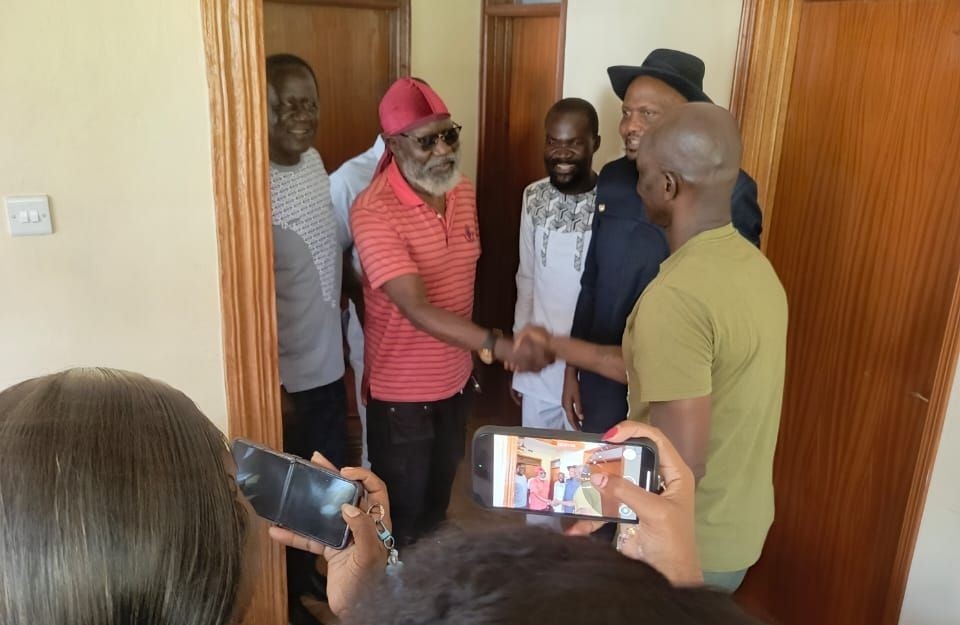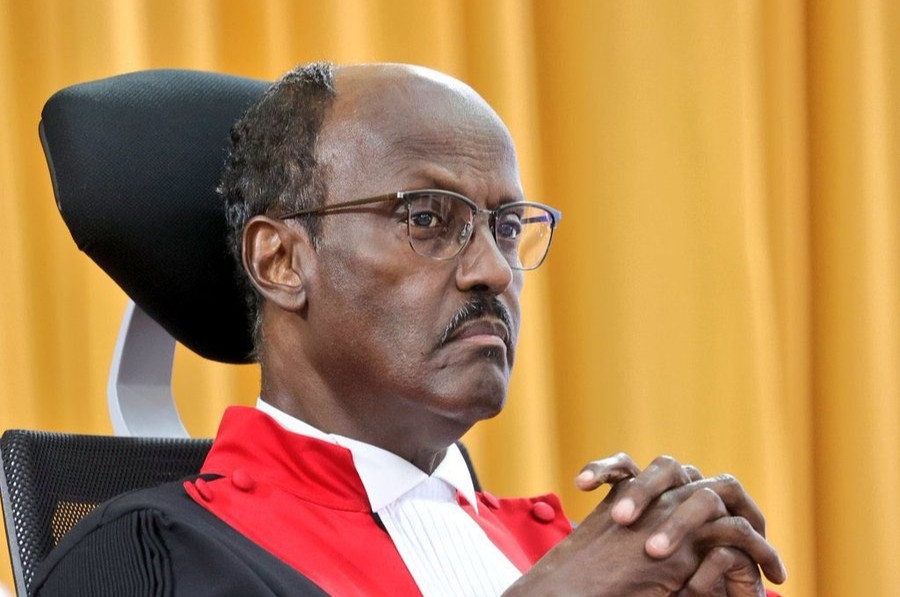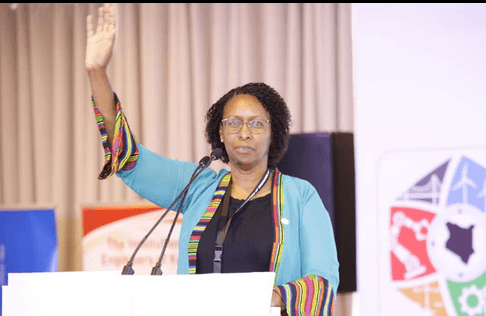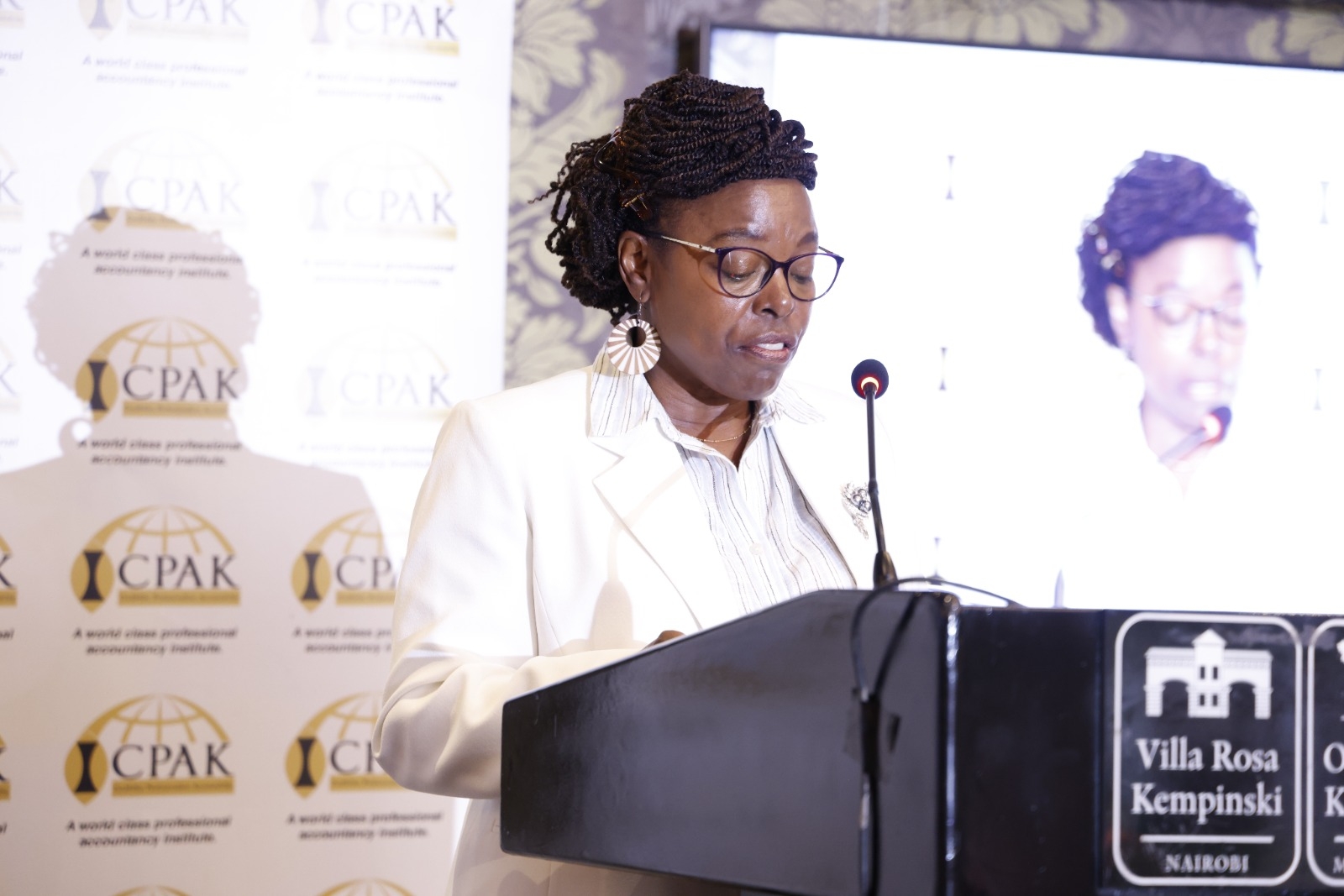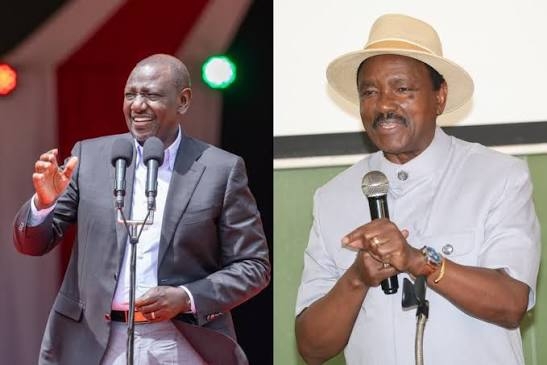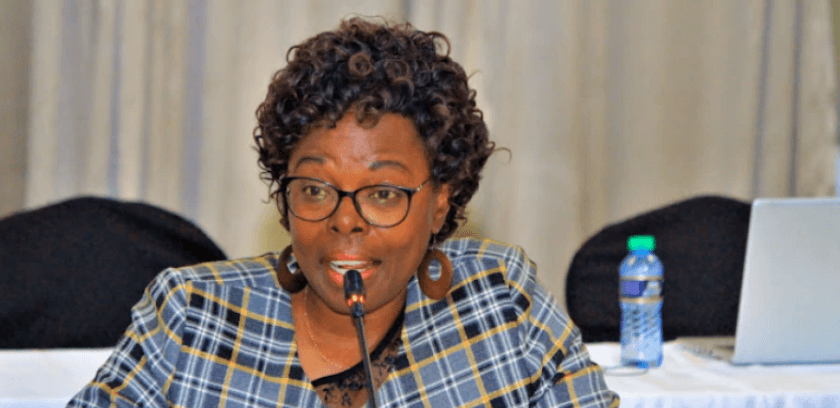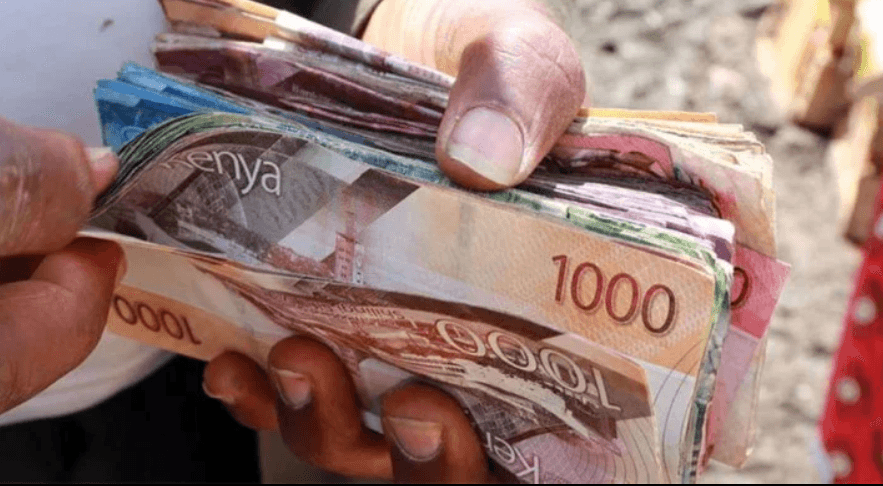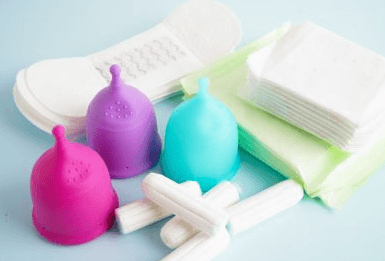Mitumba traders will be forced to sell at least 10 per cent of local textile apparel if a new proposal by the Kenya Association of Manufacturers is adopted.
The manufacturing lobby in its proposals contained in the 'Overview Of Kenya’s Textile and Apparel Sector' report want the government to develop a framework that reduces the imports of second-hand clothing and shoes.
This will enable an estimated $300 million (Sh40.8 billion) worth of fabric supply to Export Processing Zones.
According to KAM, the country’s apparel sector is one of the most promising with the ability to create about 200,000 new jobs by 2030, and save Kenya over Sh40 billion annually by reducing import of used clothes by half.
In the proposal, KAM is calling on the government to develop a legal framework for enforcement of Buy Kenya build Kenya (BKBK) initiatives through sourcing from local textile manufacturers, by all government ministries, departments and agencies.
KAM CEO Anthony Mwangi said that the Sh85 billion worth of second hand cloth imports into the country have been slowing local sector growth.
“An estimated Sh9billion of imported mitumba goes to waste. If we just cut these imports by at least 50 per cent by 2030, we can save Sh40 billion every year,” said Mwangi.
KAM says that this will be accomplished by reviving cotton ginneries and textile mills, and increasing spinning capacity from the current 39 percent to at least 65 per cent by 2030.
With a market share worth Sh50 million locally and approximately Sh300 million in East Africa, the government has prioritised the textile and apparels sector as a key driver of job creation, exports development and industrialisation.
Mwangi says this can be realised by boosting ginneries to process cotton, improving the competitiveness of textile mills, increasing access to raw materials, countering illicit trade and driving the growth of Micro, Small and Medium Enterprises.
Speaking during the first Gender in Manufacturing Forum, hosted by KAM in partnership with IDH Kenya (the Sustainable Trade Initiative), Principal Secretary, State Department for Micro, Small and Medium Enterprises Development, Susan Mang'eni, said the ministry if looking into the apparel sub-sector to grow women participation in manufacturing.
“Majority of workers at the grassroots level are women. The state department for MSME development will ensure that women are exposed to the right channels to enhance their livelihoods,” said Mang’eni.
KAM Women in Manufacturing (WIM) Program chair Mary Ngechu called on local manufacturers to adopt inclusivity and sustainability to give them a competitive edge in the global markets.
“Adopting globally acceptable standards, practices and policies is crucial in enhancing sustainability in the industry,” said Ngechu.
Adding that conducive legislative and institutional support by government, in providing an enabling environment for unfettered growth in the adoption of sustainable practices, is key in accessing international markets.
Investments, Trade and Industry CS Moses Kuria had in November last year indicated that Kenya would consider banning the importation of secondhand clothes, once plans to offer affordable alternatives is in place.
"I will work with the textile industry to ensure that we make cheaper clothes available in this market, and then we will ban mitumba," Kuria said during the annual Changamka Shopping Festival, used to showcase and drive the sale of local content.
Kenya has a long history of the sustained demand for used clothing and footwear items mainly by rural households and lower- income earners, with mitumbas facing bans and restrictions over the years.
From the mid-1960s to early 1980s , the trade was banned with an aim to promote domestic production and protect the local cotton industry from foreign competition.
Restrictions were eased in the mid-1980s when second-hand clothes were allowed as donations for refugees.
Subsequently from the early 1990s, the ban was lifted, as the government focused on trade liberalisation.
China is Kenya's the top import source for mitumbas according to the United Nations, followed by Pakistan, Canada, UK, US, Poland, UAE, Germany, India with the Republic of Korea closing the top ten list.



